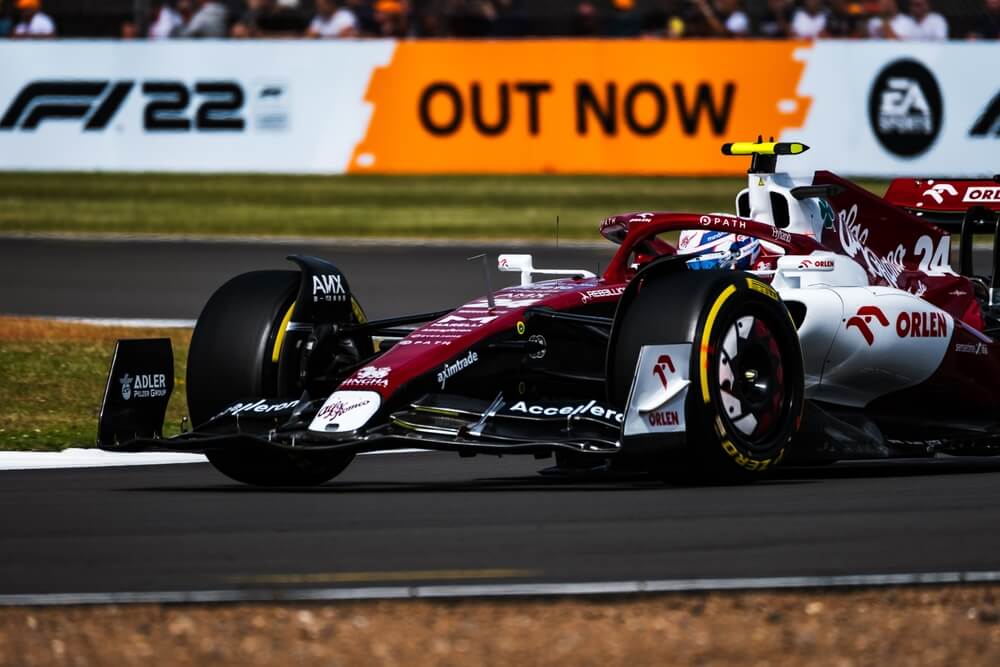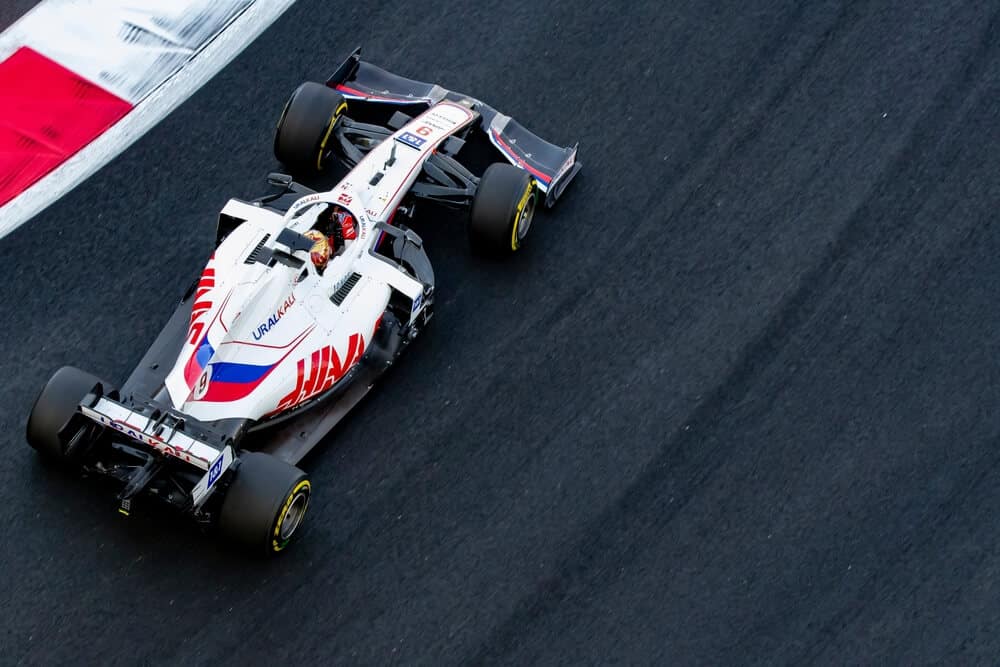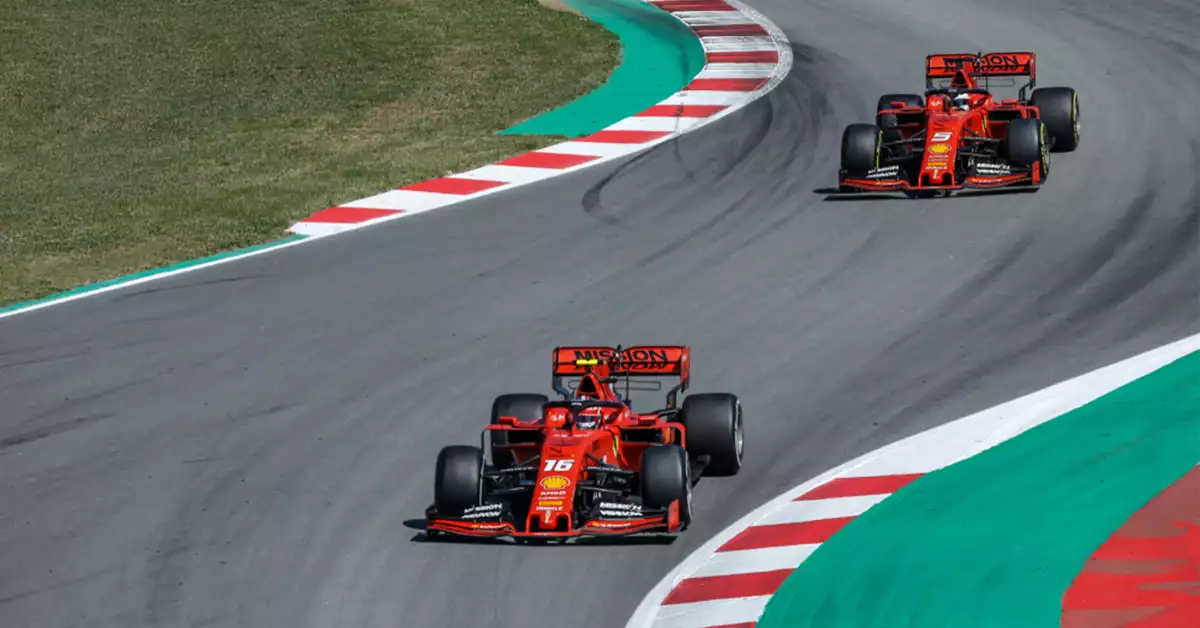Formula 1 racing is the highest level of motorsport in the world. It combines speed, skill, and precision as drivers take corners at high speeds and battle for the top spot. In order to reach peak performance, F1 drivers must be in excellent physical condition.
This means having an incredibly strong core, excellent balance and hand-eye coordination, and the ability to withstand intense G-forces. Mental fitness is also an important factor in F1 racing, as drivers must have sharp focus and split-second decision-making in order to succeed.
All of this requires an intense physical and mental training regimen that pushes drivers to their limits.
So, how fit are F1 drivers? In this article, we explore the physical and mental demands of driving a Formula 1 car and discuss how drivers train to meet them.
Cardiovascular Fitness
The first and probably the most important aspect of fitness for a Formula 1 driver is their cardiovascular system. If you’re not familiar with cardiovascular fitness means having a strong heart and lungs that are able to efficiently deliver oxygen-rich blood throughout the body.
This is important for F1 drivers because they need to be able to function at peak levels for long periods of time, often under intense physical and mental stress.
Cardiovascular demands of driving a Formula 1 car
What kind of cardiovascular demands do F1 drivers have to endure? Well, while the average person’s resting heart rate is usually between 60-100bpm, for F1 drivers, the situation is much different. During a race, their hearts have to work extra hard and can reach rates of up to 160-200 bpm – significantly higher than what the average person experiences.
To be able to handle this kind of strain, F1 drivers must have incredibly fit cardiovascular systems. In fact, they’re often so fit that their resting heart rates can be as low as 40 bpm.
Hence, the demand for a strong cardiovascular system is one of the primary reasons why F1 drivers must stay in top physical shape.
Training methods used by Formula 1 drivers (to improve cardiovascular fitness)
Gaining cardio fitness is not an easy feat for anyone since it requires rigorous training and dedication. Formula 1 drivers, however, must take on an even more rigorous training regimen, and most of them are up for the challenge.
To build up their stamina and cardiovascular fitness, F1 drivers rely heavily on a variety of cardio exercises. Rowing, swimming, cycling, and running are just some of the activities they use to strengthen their hearts and keep their heart rates up.
Moreover, they also tend to use unique workout techniques such as high-intensity interval training. This method involves pushing the body to its limits, resting, and then repeating the process. It is a great way to improve fitness levels in short, intensive sessions.
Benefits of cardiovascular fitness for driving performance
Cardiovascular fitness is not only important for the driver’s physical health, but it also helps with driving performance. A strong cardiovascular system allows drivers to stay focused for longer periods of time, improving their reaction times and decision-making skills.
In addition to that, it also helps them handle intense G-forces and reduces fatigue, which can be crucial when it comes to maintaining a good racing line.
If a driver’s cardiovascular fitness is not up to par, they may struggle with consistency and performance.
Key takeaways
Here are some key aspects that you should know regarding the fitness of Formula 1 driver:
- F1 drivers must have excellent physical condition and strength to withstand intense G-forces.
- Core strength, balance, hand-eye coordination, and mental focus are all important aspects of F1 racing.
- Drivers must train hard to develop the necessary skills for peak performance in races.
- Training regimens include endurance and strength exercises, as well as mental training to maintain focus.
- Drivers must also be in peak physical condition to withstand the rigors of the race day itself.
- Good nutrition and rest are also necessary for F1 drivers to stay fit and perform their best on track.
Muscular Strength and Endurance
Cardio isn’t only enough for a Formula 1 driver to stay in top shape. Physical strength and endurance are also important aspects that should not be overlooked when it comes to a driver’s fitness.
Muscular strength is necessary for drivers to be able to control a car at high speeds, while muscular endurance helps them maintain their concentration and focus over long periods of time.
Muscular demands of driving a Formula 1 car
The incredible demands placed on F1 drivers require an extraordinary level of strength and endurance to remain focused and in control of their vehicles even at breakneck speeds of over 200 mph. All this while enduring the extreme temperatures in their cockpits. It takes immense physical strength and stamina for F1 drivers to take their vehicles through such rigorous racing conditions.
To withstand the severe G-forces during cornering and braking, F1 drivers must have highly trained neck muscles. Their arms need to be strong enough to turn the steering wheel against extreme resistance, while their legs must provide consistent pressure on the pedals.
Furthermore, they must also possess core strength which helps them stay stable in their seats and maintain control of the car despite the high speed. Lastly, their upper body muscles- chest, back, and shoulders must also be strong enough to handle these extreme conditions and keep them in top condition for racing.
Training methods used by Formula 1 drivers (to improve muscular strength and endurance)
Training for Formula 1 drivers is a delicate balancing act. They must develop strength and endurance without adding too much bulk to their bodies, as the additional weight could cost them time on the track. The average weight of an F1 driver is around 65 kg.
First, they need to stabilize their neck muscles as they endure the forces of acceleration and deceleration, as well as cornering, even reaching speeds in excess of 200mph. To do this, they do a range of exercises and use equipment such as rowing machines and free weights. Chin tucks, stretches, and weight training can also help to improve their range of motion.
The upper body also plays a major role in Formula 1 racing since drivers must handle their vehicles at breakneck speeds. F1 cockpit has tight space, and exercises such as the “sit and steer” help to improve control while sitting in cramped quarters. Moreover, exercises such as the chest press and shoulder press can be incorporated into their training to increase strength.
The lower body needs just as much attention for F1 drivers to reach maximum performance. Leg presses, squats, and calf raises are used to build strength and endurance in the legs. This helps them move more efficiently while maintaining control over the pedals.
Core strength, as we mentioned, is another essential element for F1 drivers; the ability to withstand the G-forces associated with the sport requires that they do exercises such as planks, side leg raises, and crunches.
Benefits of muscular strength and endurance for driving performance
Having strong neck muscles prevents them from being thrown around too much in the cockpit and results in better overall control over their vehicle.
The core is a major player for F1 drivers as it provides stability and aids in balance during cornering. When the core is adequately trained, drivers can maintain greater control of their vehicles when negotiating sharp turns.
The upper body is critical for managing the steering wheel and shifting gear and maximizing vehicle performance by providing a more excellent range of motion. Furthermore, the upper body helps drivers maintain proper seating positions while in the cockpit to ensure that they remain as aerodynamic as possible.
Finally, the lower body helps F1 drivers remain in control of the pedals and shift gears with greater precision. This allows for more efficient and accurate management of the engine, which has a direct impact on their overall performance

Reaction Time and Mental Fitness
Did you know that F1 Drivers have an average reaction time of 0.2 seconds? which is significantly faster than the average human reaction time. This comes from a combination of mental and physical training.
Mental demands of driving a Formula 1 car
The F1 car is not an ordinary car, and the mental demands of driving an F1 car are huge. Drivers must be able to think quickly and make split-second decisions, as well as handle the pressure of being in the spotlight. Moreover, they must develop strategies to get the most out of their vehicle and maintain a positive mental attitude throughout the race.
In order to become a successful Formula 1 driver, they must have exceptional reflexes, reaction times, hand-eye coordination, and visual acuity. They must also be able to assess situations quickly and accurately, often making decisions in a matter of seconds.
Since every second counts in F1 racing, mental toughness is a must for drivers. They need to stay focused, motivated, and driven throughout the race with the end goal of reaching the checkered flag in the first place.
Training methods used by Formula 1 drivers (to improve reaction time and mental fitness)
Drivers often seek to boost their reaction time, hand-eye coordination, and concentration by engaging in activities outside of physical training.
For example, they often play video games and other forms of mental stimulation to sharpen their reaction times. One widely used tool is the Batak reaction board, where drivers must hit as many lit-up spots on the board as possible within a minute. This exercise helps them sharpen their reflexes and reaction speed, ultimately allowing them to make quick decisions when in the cockpit.
Additionally, drivers train with simulators that are designed to replicate the racing environment and teach them how to respond in various scenarios. This helps them become accustomed to making decisions quickly and accurately under pressure.
Drivers also use meditation techniques to improve their focus and mental clarity, enabling them to make better decisions while driving. Finally, they often consult sports psychologists in order to help them develop the mental toughness needed to succeed in the sport.
Benefits of reaction time and mental fitness for driving performance
As we’ve mentioned, how even a fraction of a second can make or break your race result. Reaction time and mental fitness have an immense impact on F1 drivers’ performance.
For starters, having a faster reaction time gives drivers the edge they need when it comes to making decisions and reacting quickly to what’s happening around them. This allows them to make split-second decisions and avoid potentially dangerous situations.
Moreover, having strong mental fitness helps drivers stay focused and motivated throughout the race. It helps them remain composed even in high-pressure situations and gives them the confidence they need to ensure that their performance is at its peak.
Diet and Nutrition
There’s a famous saying that “you are what you eat.” This also applies to F1 drivers, who must maintain a healthy diet in order to maximize their performance.
Importance of diet and nutrition for Formula 1 drivers
A Formula 1 driver’s diet needs to be extremely well-balanced and tailored to their individual needs. It should provide sufficient energy, protein, carbohydrates, vitamins, minerals, and essential fatty acids. In addition to this, they must also ensure that they are getting enough fluids as dehydration can lead to fatigue and impaired performance.
Moreover, a proper diet and nutrition plan helps drivers maintain a healthy body weight as this is important for both physical and mental performance. A balanced diet also helps them to prevent illnesses and injuries while keeping their energy levels high throughout the race.
In short, F1 drivers need to make sure that they are consuming the right foods in order to stay fit, healthy, and perform at their peak.
Dietary requirements and restrictions for Formula 1 drivers
The dietary requirements and restrictions for Formula 1 drivers are an integral part of their training regimen. To ensure peak mental and physical performance, drivers must take in the highest quality proteins like lean meats, fish, and eggs, as well as fat sources such as fatty fish and egg yolk and carbohydrates like quinoa, brown rice, berries, and vegetables.
Supplements are also taken to keep their bodies stocked with all essential microelements while avoiding any prohibited substances. On race weekends, drivers must take in a lot more energy to keep up their performance and, thus, require a different kind of diet.
Importance of hydration for driving performance
When F1 drivers race, their bodies can lose a lot of fluid due to the extreme heat and intense conditions. In fact, during a two-hour race in Singapore, drivers can expect to shed up to three kilos in body weight through sweat – that’s around three liters worth of fluid!
Hydration is essential for drivers to keep their performance levels high throughout a race. Not only does it help them stay energized and alert, but it also helps them avoid fatigue, muscle cramps, and dizziness which could prove dangerous in an intense environment like Formula 1 racing.
F1 drivers have to ensure that their hydration levels are up to par in order to remain focused and battle any physical or mental fatigue. Proper hydration also helps them stay cool, which is crucial for those long hot races when the heat can be unbearable
Frequently Asked Questions
Formula 1 drivers stay fit for races by combining physical training with mental exercises, eating a balanced diet, and taking in sufficient fluids.
The physical demands of driving a Formula 1 car are high, as competing drivers must possess strong reflexes, endurance, and concentration. Drivers need to be able to make decisions quickly and accurately while also being able to withstand the physical forces of racing in a Formula 1 car.
Physical fitness is extremely important for driving performance in Formula 1, as it enables drivers to stay focused and make decisions quickly. Physical training helps them build strength, endurance, and reflexes, while a balanced diet provides the energy they need to sustain their performance.
Conclusion
It is clear that F1 drivers need to maintain optimum physical and mental fitness in order to perform at their peak. This requires a balanced diet, regular physical activity, reaction time, and mental toughness training.
All of these elements work together to ensure that drivers are prepared for the rigorous demands of Formula 1 racing. With determination and dedication, F1 drivers can achieve their goals and become successful in this high-octane sport.



